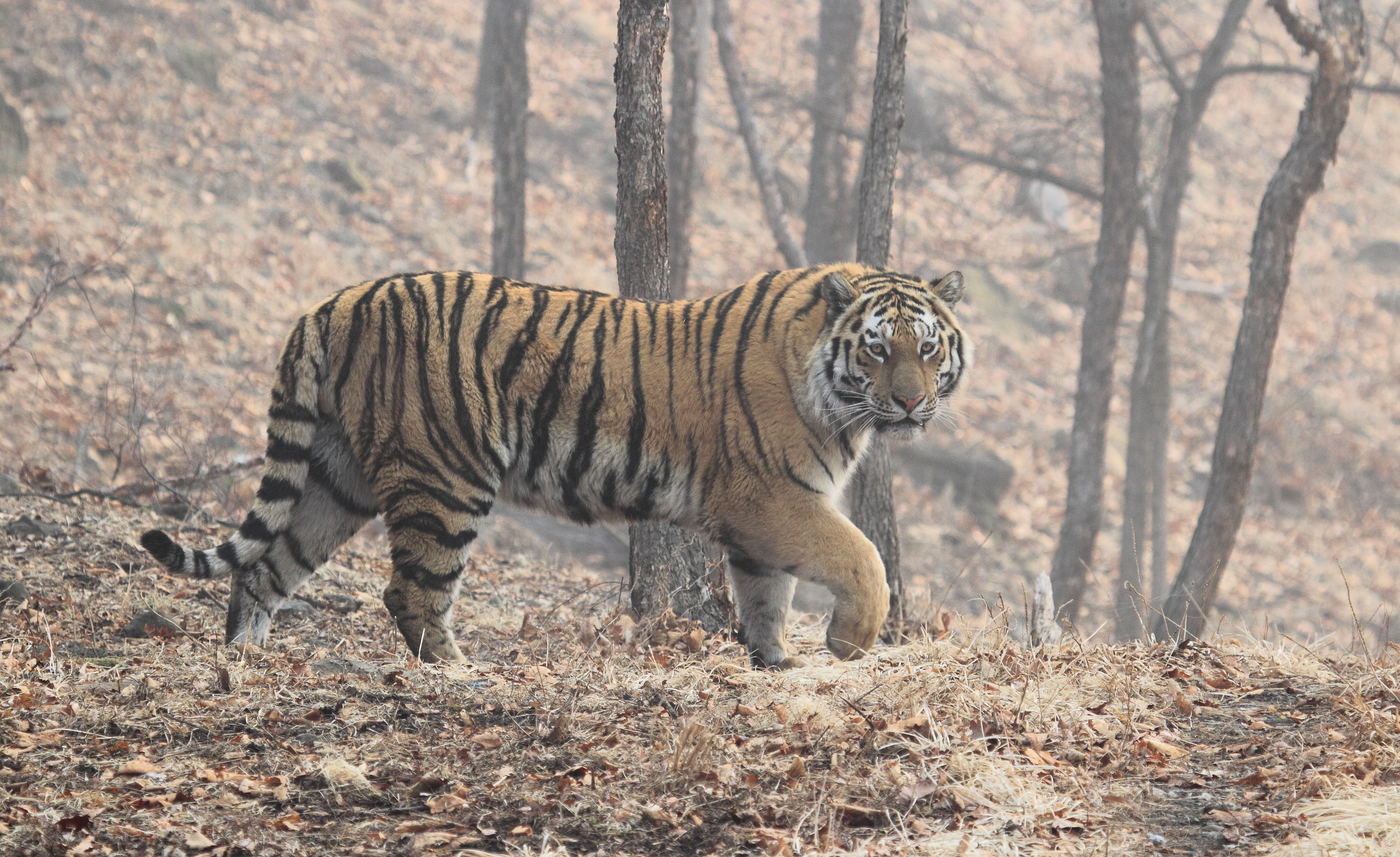In the hunting farms of Primorsky Krai, the grain harvesting campaign is being completed. They were grown specifically on fields intended for feeding ungulates. Back in May of this year, the Amur Tiger Center provided assistance to hunting users and handed over seed seeds.
Not only farmers, but also tenants of hunting grounds are finishing their work on harvesting grown crops these days. In each bona fide hunting farm should work to increase the number of ungulates, which, as we know, are the basis of the food base of the Amur tiger. For this, the permanent habitats of boars and roes are determined and “feed” fields are created. At the same time, part of the crop is collected from them, and part remains and serves as a natural feeding for ungulates.
In the spring of this year, the Amur Tiger Center transferred 32 tons of planting soybean to 12 hunters from the Kirov, Partizansky, Terney, Anuchi and other districts of the region. Sowing material was intended for those users who actively saved hoofed animals in February-March 2014. Then, in certain areas of the range of the Amur tiger, due to the high level of snow cover, there was a threat of mass death of ungulates. In total, almost 150 hectares of land were sown in the selected hunting grounds of the region. At the same time, tenants of hunting grounds, together with the state hunting supervision service, were to ensure the protection of forage fields and minimize the disturbance factor of wild animals.
“We perfectly understand that dressing should only help animals in a difficult period for them, and not make them completely dependent on humans. Employees of our economy and hunters who hunt in our territory, in the spring engaged in planting in the fields, using sowing soybeans from the Amur Tiger Center. Despite the fact that we have a fairly large acreage, it is necessary to expand them. This year it is extremely important, since a “hungry” winter is expected,” says a user of hunting grounds in the Partizansky district, Natalya Zhukova. - “When we started working on this territory 7 years ago, there were almost no ungulates here, just like a tiger. Thanks to, among other things, our work, the livestock of wild animals has increased significantly, there are enough ungulates for us and the tiger.”
Part of the grown soybeans began to collect in early October. With the help of a special device, the grass is “rolled”. According to experts, it is important to guess the harvest over time so that the leaf does not fall off and the beans do not spill out of the pods. Then it turns out good food, rich in vitamins and nutrients, eagerly eaten by all kinds of ungulates. The resulting rolls are deposited before the onset of cold weather or transported in advance through the territory of hunting: laid out in broods, streams and near specially equipped feeders.

“In good hunting farms always adhere to the principle of “prepare sleighs in the summer”, since in the event of adverse weather conditions, emergency measures may be ineffective. Hoofed animals should get used to artificial feeding and know the places where they go and where to feed. Otherwise, the grain poured out in the forest in February at the heels of snow may remain unclaimed,” says Sergey Aramilev, director of the Primorsky branch of the Amur Tiger Center. - “Therefore, assistance should be provided only to those hunting users who systematically conduct biotechnical activities. According to our expert estimates, unfortunately, out of 100 hunting users in the Primorsky Krai, only 30 percent can be attributed to the responsible, that is, those who are able to independently provide a high number of ungulates, and hence the Amur tiger. Therefore, environmental protection public and state organizations have yet to work in this direction.”
Recall, the Amur Tiger Center with the support of the Primorsky Krai Administration form a reserve fund of concentrated bulk feed for distribution among responsible hunting users this winter.

